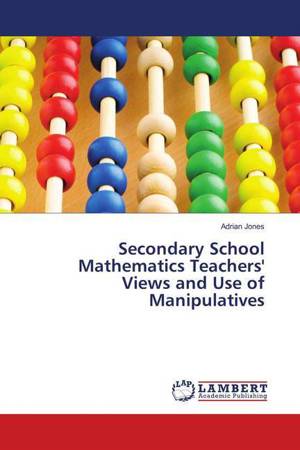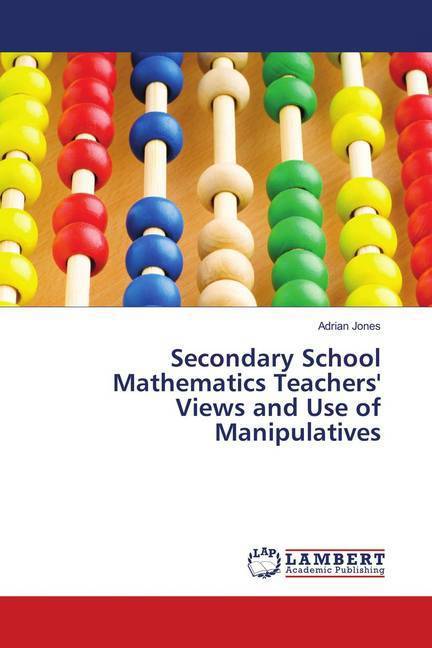
- Afhalen na 1 uur in een winkel met voorraad
- Gratis thuislevering in België vanaf € 30
- Ruim aanbod met 7 miljoen producten
- Afhalen na 1 uur in een winkel met voorraad
- Gratis thuislevering in België vanaf € 30
- Ruim aanbod met 7 miljoen producten
Zoeken
Secondary School Mathematics Teachers' Views and Use of Manipulatives
Adrian Jones
Paperback | Engels
€ 63,95
+ 127 punten
Omschrijving
Mathematical manipulative materials (manipulatives) invite students to explore and represent abstract mathematical concepts in varied, concrete, tactile, and visually rich ways. Considering the prominence of the use of mathematical manipulatives in current K-12 curricula, pedagogical resources and professional development, research studies show that few secondary school teachers use them. While these studies do not examine this issue from the teachers perspective, they posit that some teachers lack the mathematical knowledge connected to manipulatives, are uncomfortable with or uncertain how to use them, or do not believe that manipulatives have value in the teaching of secondary school mathematics. As a result there is a great need for research that provides further detail as to why and how secondary school mathematics teachers use manipulatives in their classrooms. This study, guided by the research questions: "How do secondary school teachers view the use of manipulatives in teaching mathematics? and "How do secondary school teachers describe their use of manipulatives in teaching mathematics? , sought to examine these issues through semi-structured interviews with six seconda
Specificaties
Betrokkenen
- Auteur(s):
- Uitgeverij:
Inhoud
- Aantal bladzijden:
- 180
- Taal:
- Engels
Eigenschappen
- Productcode (EAN):
- 9783659905094
- Uitvoering:
- Paperback
- Afmetingen:
- 150 mm x 220 mm

Alleen bij Standaard Boekhandel
+ 127 punten op je klantenkaart van Standaard Boekhandel
Beoordelingen
We publiceren alleen reviews die voldoen aan de voorwaarden voor reviews. Bekijk onze voorwaarden voor reviews.











